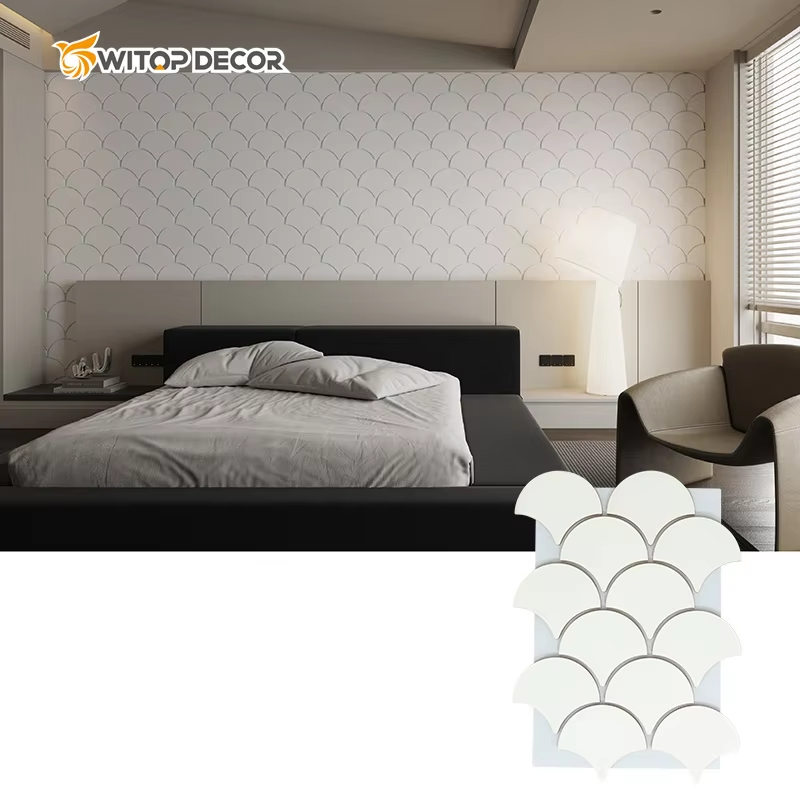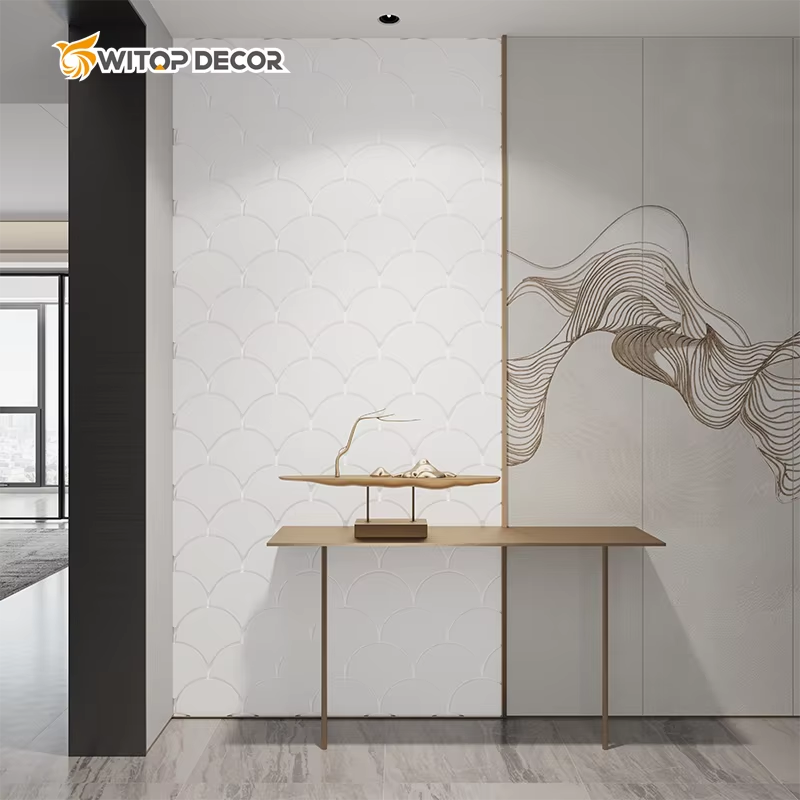23rd Floor, Building B03, ushang Center, 50 Meters East 0f The lintersection 0f Guangzhou Road And Xiaohe Road, Linyi, shandong, China +86-15020919237 [email protected]
23rd Floor, Building B03, ushang Center, 50 Meters East 0f The lintersection 0f Guangzhou Road And Xiaohe Road, Linyi, shandong, China +86-15020919237 [email protected]

As an interior designer, I constantly seek solutions that enhance both aesthetics and functionality. One of the most effective tools in achieving optimal sound quality within a space is the strategic use of acoustic panels for walls. These panels not only mitigate unwanted noise but also contribute to the overall design narrative, making them indispensable in modern interiors.
Sound behaves differently depending on the materials it encounters. Hard surfaces like concrete, glass, and drywall reflect sound waves, leading to echoes, reverberation, and an overall noisy environment. Acoustic panels for walls are designed to absorb these sound waves, reducing reflections and improving clarity.
These panels are typically made from porous materials such as foam, fiberglass, or fabric-wrapped mineral wool, which trap sound energy and convert it into minimal heat. The thickness and density of the panels determine their effectiveness across different frequency ranges. For designers, understanding these technical aspects ensures the right selection for specific spaces—whether a home theater, office, restaurant, or recording studio.

One of the biggest misconceptions about acoustic panels for walls is that they are purely utilitarian and lack aesthetic appeal. However, modern advancements have transformed them into versatile design elements. Here’s how designers can integrate them seamlessly:
Gone are the days of bland, industrial-looking panels. Today, acoustic panels for walls come in a variety of finishes—wooden slats, printed fabrics, textured 3D designs, and even customizable artwork. Designers can match them to the color scheme, branding, or artistic vision of a space.
Real-World Example: In the Netherlands Institute of Sound and Vision, designers used digitally printed acoustic panels featuring archival media imagery, turning functional sound absorption into a visually striking museum experience.
While covering an entire wall in acoustic panels may be necessary in high-reverberation environments (like auditoriums), most spaces benefit from a balanced approach. Designers can:
Create feature walls with geometrically arranged panels.
Use them as decorative headboards in bedrooms.
Incorporate them into ceiling designs for comprehensive sound control.
Real-World Example: The Apple Store in Chicago features ceiling-mounted acoustic baffles disguised as floating art pieces, proving that sound management can be both functional and sculptural.
In smaller rooms, excessive echo can make the space feel cramped and chaotic. Acoustic panels for walls help create a sense of intimacy by softening sound reflections. In open-plan offices or co-working spaces, they define zones while maintaining an airy, uncluttered feel.

Homeowners increasingly prioritize acoustic comfort. Acoustic panels for walls can be used in:
Home Theaters – Preventing sound leakage and enhancing audio clarity.
Living Rooms – Reducing noise from entertainment systems and conversations.
Bedrooms – Creating a serene, noise-free retreat.
Real-World Example: A luxury penthouse in New York City incorporated bespoke wooden acoustic panels that doubled as a textured art installation, blending seamlessly with the minimalist interior.
Restaurants, hotels, and offices benefit greatly from sound optimization:
Restaurants – Excessive noise can ruin dining experiences. Strategically placed panels improve speech intelligibility.
Offices – Open-plan layouts often suffer from noise distractions. Acoustic wall panels help maintain productivity.
Hotels & Lounges – Luxury spaces demand both elegance and tranquility, making acoustic panels a perfect fit.
Recording studios, theaters, and galleries rely on precise acoustics. Here, acoustic panels for walls are not just an addition but a necessity. Diffusive and absorptive panels can be combined to achieve the perfect sound profile.
As sustainability becomes a priority, eco-friendly acoustic panels for walls are gaining traction. Options include:
Recycled fabric panels.
Natural fiber-based materials like hemp or cork.
Biodegradable acoustic foams.
Additionally, smart acoustic panels with embedded sensors are emerging, allowing real-time sound adjustments based on occupancy and noise levels—an exciting innovation for designers working with smart buildings.
Acoustic panels for walls are no longer just a technical requirement; they are a design asset. By carefully selecting materials, finishes, and placements, designers can transform acoustics from an afterthought into a central feature of interior spaces. Whether enhancing a corporate office, a luxury residence, or a creative studio, these panels offer the perfect blend of performance and style.
For designers, the key lies in understanding the acoustical needs of a space while leveraging the aesthetic potential of these panels. The result? Spaces that sound as good as they look.